Flow meter
Gas flow monitoring for industrial pollution control that you can depend on
Oct 29 2021
A coal-fired electric power plant using ammonia (NH3) for nitrous oxide (NOx) removal recently deployed a ST100 Series thermal flow meter from Fluid Components International (FCI) The technicians based their choice on the ST100’s superior repeatability when measuring NH3 under the harshest of operating conditions.
The ST100 Series flow meter enabled the plant’s engineers to optimise its selective catalytic reduction (SCR) system, which enhanced performance significantly considerably reduced NH3 consumption and costs. The ST100, with its robust thermal dispersion sensor head, offers a extremely accurate and repeatable measurement solution to facilitate controlling vaporised NH3 in such circumstances.
The technical team at the power plant were having problems with unreliable and inconsistent measurement data of the vaporised NH3 being injected into the flue gas to lower NOx emissions. The system they used before the new installation ued a volumetric flow sensor, which was far from ideal for controlling their NH3 gas injection system. Opting for the ST100, with its mass flow sensing capabilities, instead of taking a volumetric measurement, solved the problems caused by false readings.
The ST100 flow meter’s standard wide flow turndown ratio is 100:1, but up to 1000:1 depending on the application, it measures mass flow, rather than volumetric flow, so the engineering team carried out a pilot test. For this test, they deployed FCI’s insertion style ST100A thermal flow meters on the primary vaporised ammonia feed lines to their nozzle grid.
Due to the resultant enhanced measurement reliability, the engineers took the project to another stage and deployed in-line style ST100AL thermal flow meters at all of their nozzle locations. After seeing the benefits in one operating unit for themselves, they did the same for the ammonia injection systems at all of the units at the plant.
These rugged and reliable flow meters can be factory calibrated to measure almost all popular process and mixed gases. The ST100 meters are ideal for installation in wet and dirty gas applications, especially as the have no small ports susceptible to fouling. The standard insertion style air/gas meter includes a thermal flow sensing element that monitors flow from 0.25 up to 1000 SFPS (0.07 NMPS to 305 NMPS) with accuracy of ±0.75% of reading, ±0.5% of full scale. The basic, in-line type meter is available for 2-inch and smaller line sizes.
The ST100 Series meter’s transmitter offers a perfect solution for achieving a plant’s current and future requirements for outputs, process information and communications. Whether the requisite output is the customary 4-20 mA analogue, frequency/pulse or an advanced digital bus communication such as HART, Modbus, PROFIBUS, or FOUNDATION Fieldbus, this flow meter will satisfy your instrumentation integration requirements. Advanced bus communications are all third party certified and registered on the ST100.
The ST100 has been designed with a graphical, multivariable backlit LCD display, taking the term “process information” to a new level. Its cutting-edge readout continuously displays all process measurement parameters as well as instrument status for simple on-site viewing by technicians. It can also request service diagnostics through an integral, optical HMI that does not need declassification of hazardous zone.
This devise was made to be used for the harshest industrial process and plant conditions, it can operate in service at up to 850ºF/454ºC and is available in both integral and remote (up to 1000 feet/300 meters) electronics models. The entire ST100 meter, from its transmitter to its NEMA 4X/IP67 rated housing is agency approved for hazardous environments. It has also attained a host of global approvals including ATEX, CPA, CRN, EAC/TRU CU, FM, FMc, FDT, GOST, IECEx, Inmetro and NEPSI. Third party failure rate data according to IEC 61508 is available that demonstrates the suitability of its hardware architecture for applications requiring SIL 1 (HFT=0) performance.
Digital Edition
PIN 26.1 Feb/Mar 2025
March 2025
Analytical Instrumentation - Elemental Analysis for Quality and Process Control at Refineries, for Lubricants and Wear Metals in Engine Oils - Synthetic Lubricants: New Developments - Scaling...
View all digital editions
Events
Mar 17 2025 Houston, TX, USA
Mar 18 2025 Beijing, China
Mar 19 2025 Manila, Philippines
Mar 20 2025 Brussels, Belgium
Mar 20 2025 Guangzhou, China
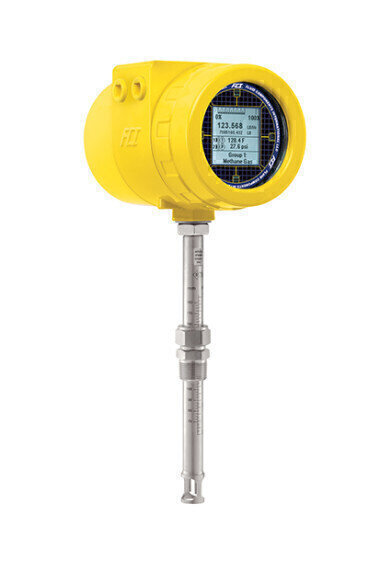
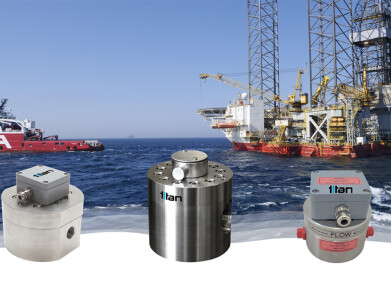
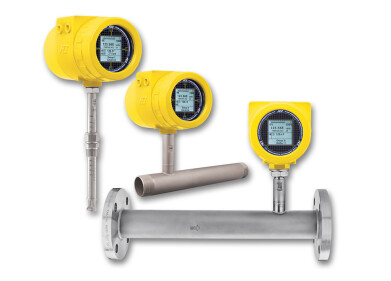
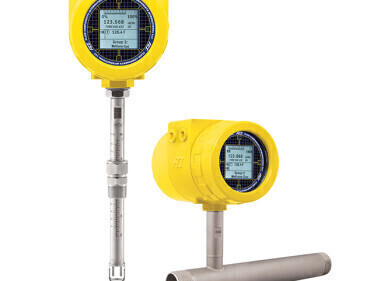
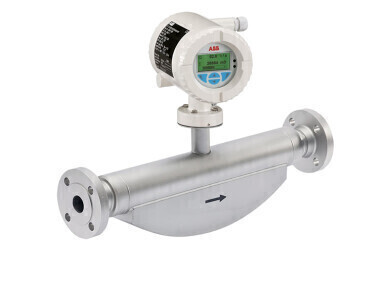

.jpg)



.jpg)








